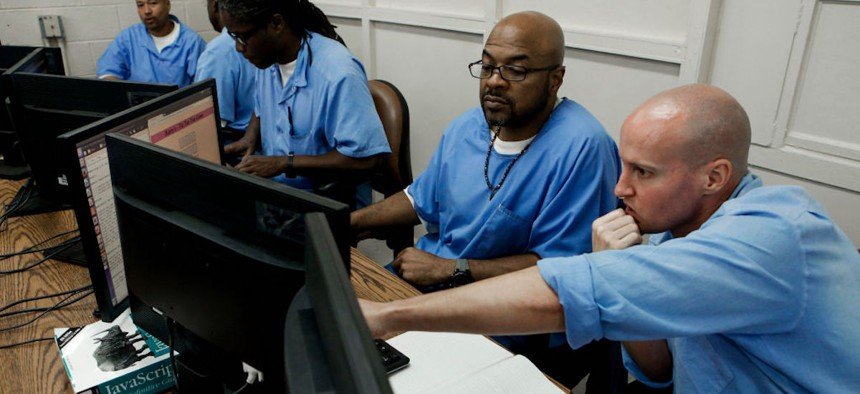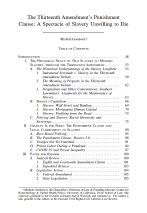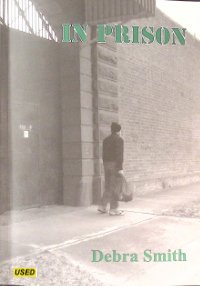By The Reducing Reoffending Third Sector Advisory Group (RR3)
The Reducing Reoffending Third Sector Advisory Group (RR3) provides the key interface between the voluntary sector, and the Ministry of Justice (MoJ) and His Majesty’s Prison and Probation Service (HMPPS), in order to increase mutual understanding and build a strong and effective partnership. The group is made up of senior leaders from the voluntary sector and meets quarterly with civil servants to provide guidance and feedback on MoJ policy developments. The RR3 convenes Special Interest Groups (SIGs) to advise on specific areas of policy and practice as the need arises. This Employment SIG has focused on the barriers to employment faced by people, both in prison and on their release into the community. This focus has been caveated with the acknowledgement that there are many people in prison who require additional, pre-employment support in order that they can gain the skills and the confidence that they need to secure employment at an appropriate juncture. For this group, the focus has been not on the immediate steps needed to secure employment, either in prison or in the community, but on addressing more complex needs that present obstacles to gaining employment in the future. Following an introduction into the current employment situation faced by people leaving prison and recent initiatives implemented in prisons to boost employment outcomes, the paper focuses on the following areas: 1) Prison workshops 2) The financial security of people in prison 3) Employer and training provider engagement 4) Addressing complex needs 5) Service coordination
Suffolk, UK: Clinks. 2024, 17pg





















